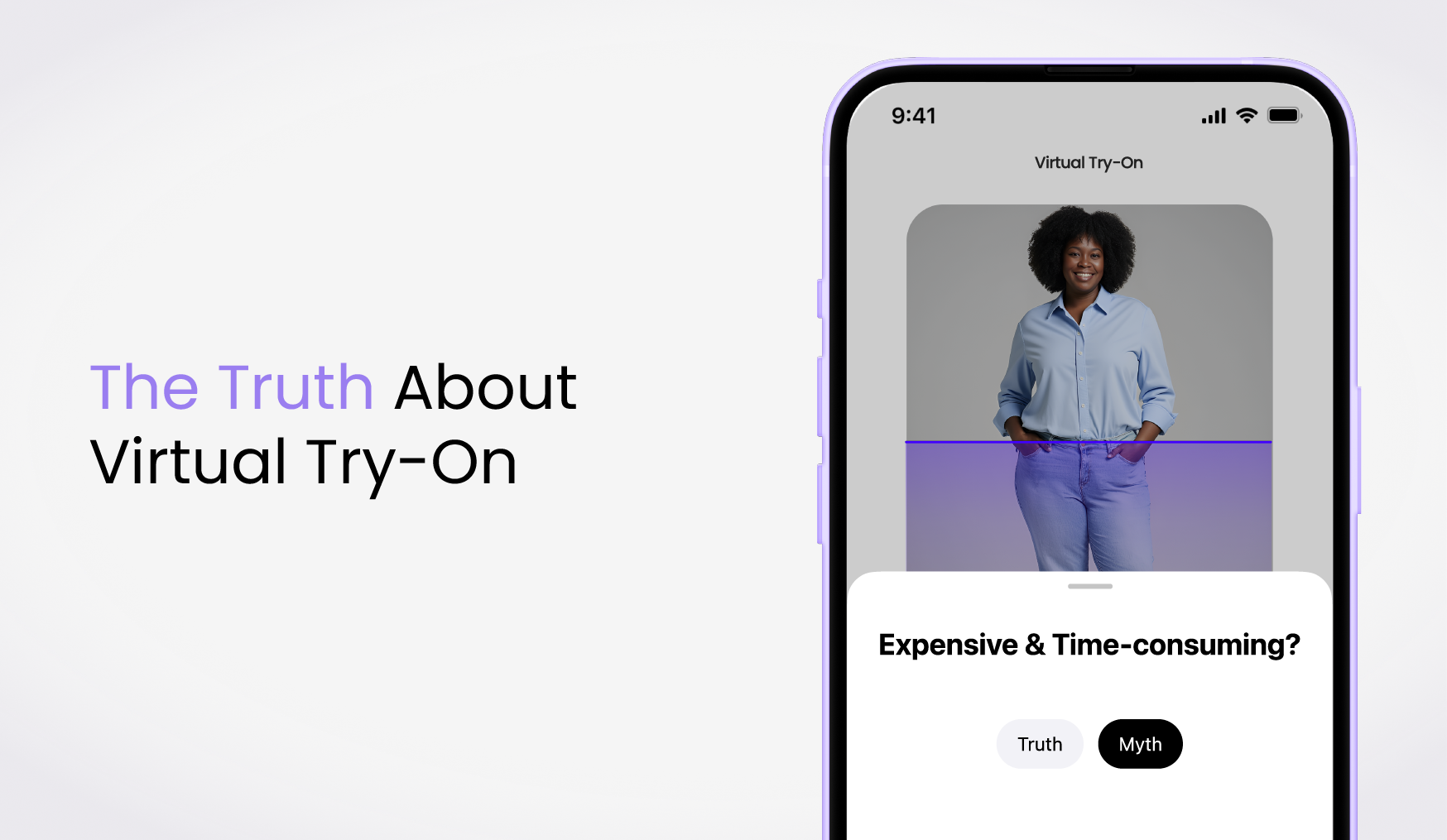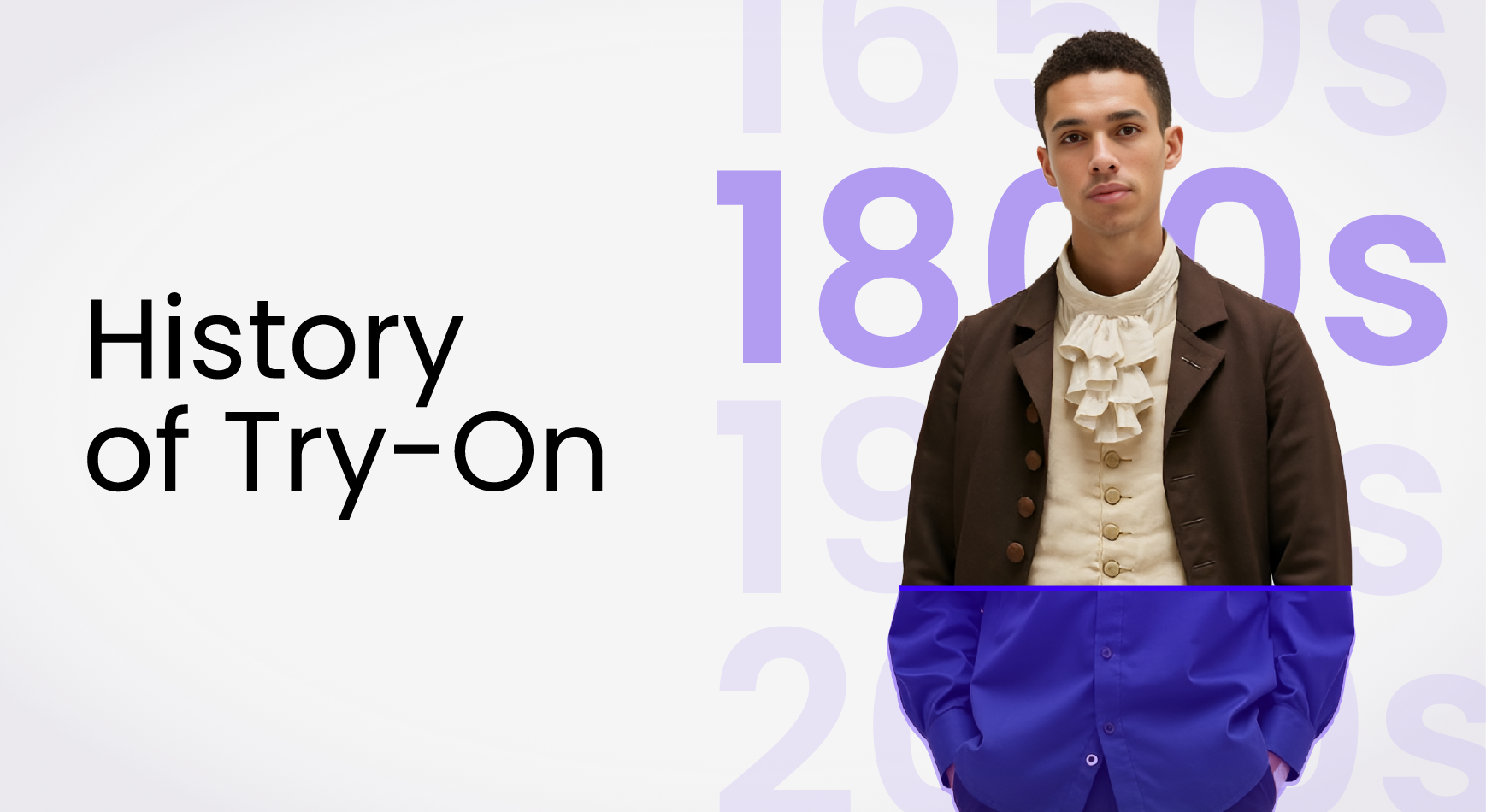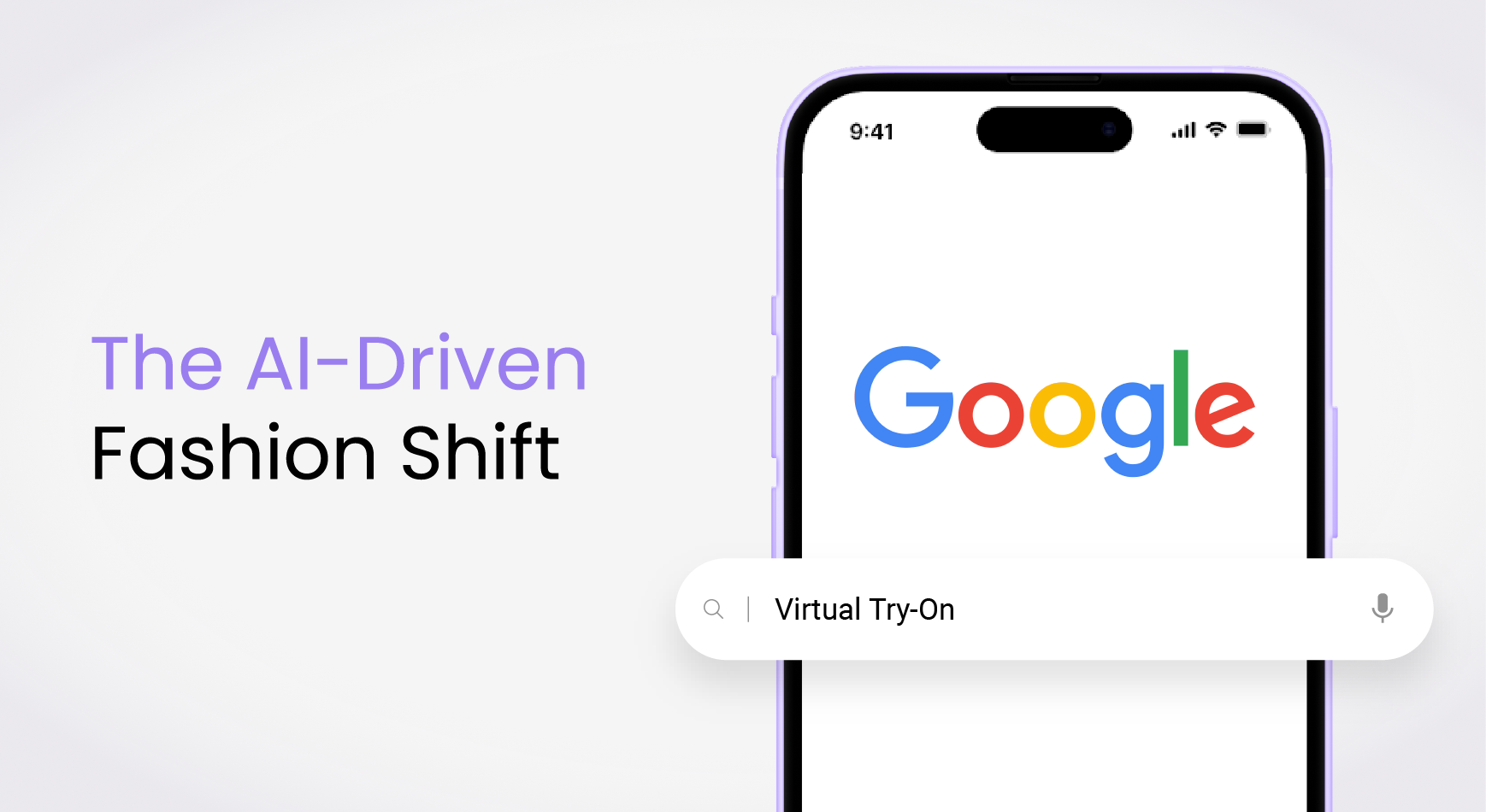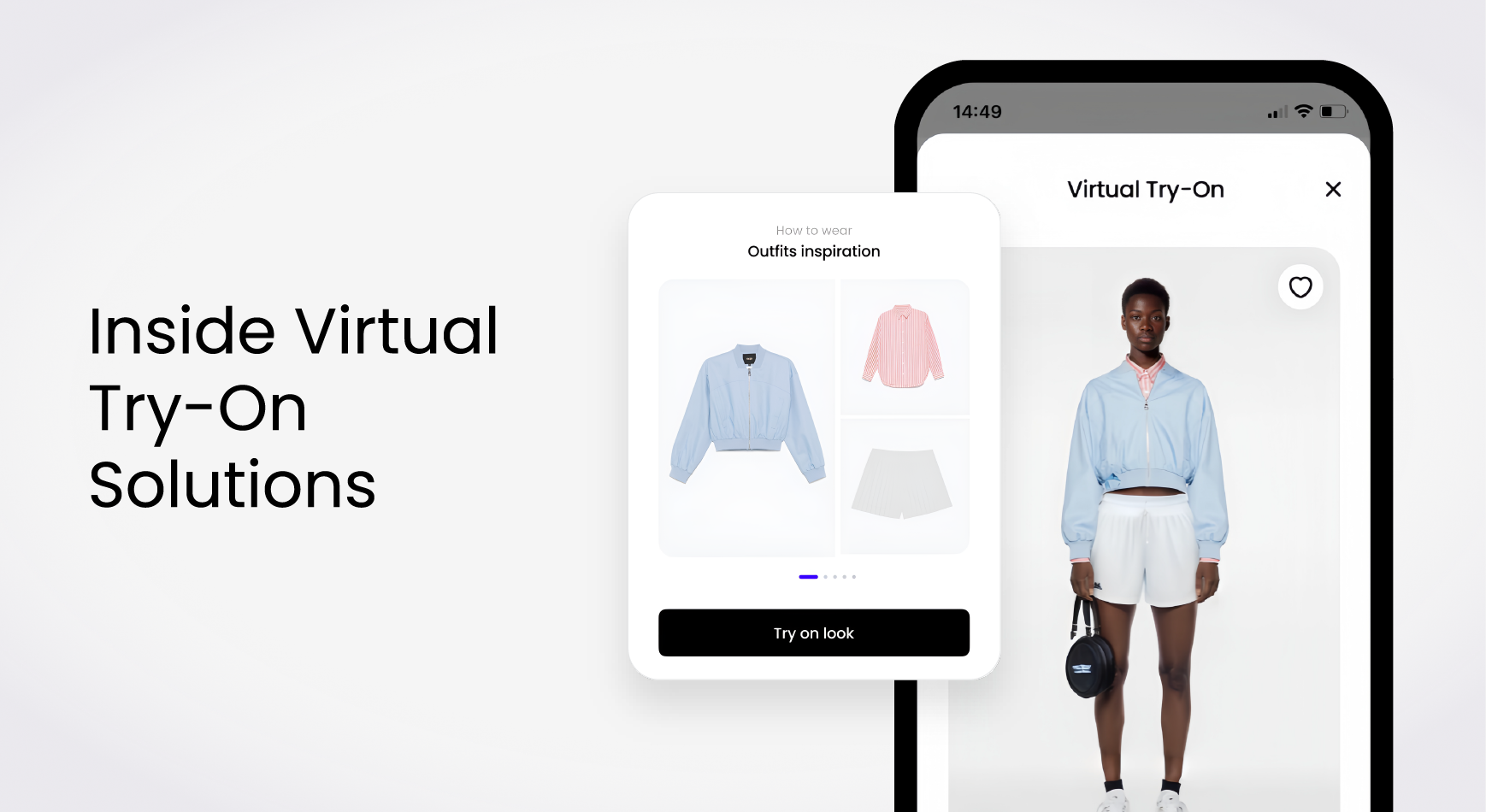Myth!
Yes, you read that right. While it may have been true until very recently, the landscape of Virtual Try On technology has dramatically transformed. Let me take you through my journey from when I first started exploring VTO concepts early in my product career to the present day.
In the beginning, the barriers to implementing a VTO experience were indeed substantial. Here’s a glimpse of some common challenges faced:
- Special photo shoots: To generate the necessary assets, specialized photo shoots were needed, which significantly increased costs.
- Tight clothes: Models and customers had to wear tight clothes during these shoots to ensure the digital overlays would work correctly.
- Low QA approval rates: The quality assurance approval rate for the generated assets was very low. Most assets created were not up to the mark and couldn’t be used.
- Challenges in AB testing: Given the low QA approval rates and the expensive asset generation process, conducting AB tests was nearly impossible. Only a small fraction of the assets were suitable for end-user exposure, making it difficult to gather meaningful data.
With the rapid advancements in Generative AI technologies, the story of VTO has taken a remarkable turn. Based on my few months working at Aiuta, my learnings are:
- Generating virtual assets is now much simpler and more efficient. We can use regular catalog photos instead of organizing costly special photo shoots.
- Models and customers no longer need to wear tight clothes, as newer technologies can accurately overlay virtual items on standard photographs when the person is fully dressed with any type of clothing.
- QA approval rate for GenAI-generated try-ons has improved significantly. This higher approval rate means that a larger percentage of the assets created are of high quality and ready for use.
- Generating a sample of hundreds of thousands of SKUs can now be accomplished in less than a week (with Aiuta 😀). This is a drastic improvement from the slow process of the past. In my first week working at Aiuta, I witnessed the team process a catalog of about 14K SKUs from our client Hepsiburada in about 1 week and the full integration was done in 7 working days.
I know that these advancements are music to the ears of product managers trying to experiment with new innovations. With the ability to generate high-quality virtual try-ons quickly, we can ensure a consistent customer experience across a wide range of products. No longer is VTO limited to just a handful of items. The larger sample sizes now feasible allow for meaningful AB testing. We can accurately measure the impact of VTO on customer behavior and make data-driven decisions to enhance the shopping experience.
In conclusion, the myth that virtual try-on is expensive and time-consuming is just that — a myth. Thanks to the leaps in GenAI technologies, VTO is more accessible, efficient, and fast to implement than ever before.



